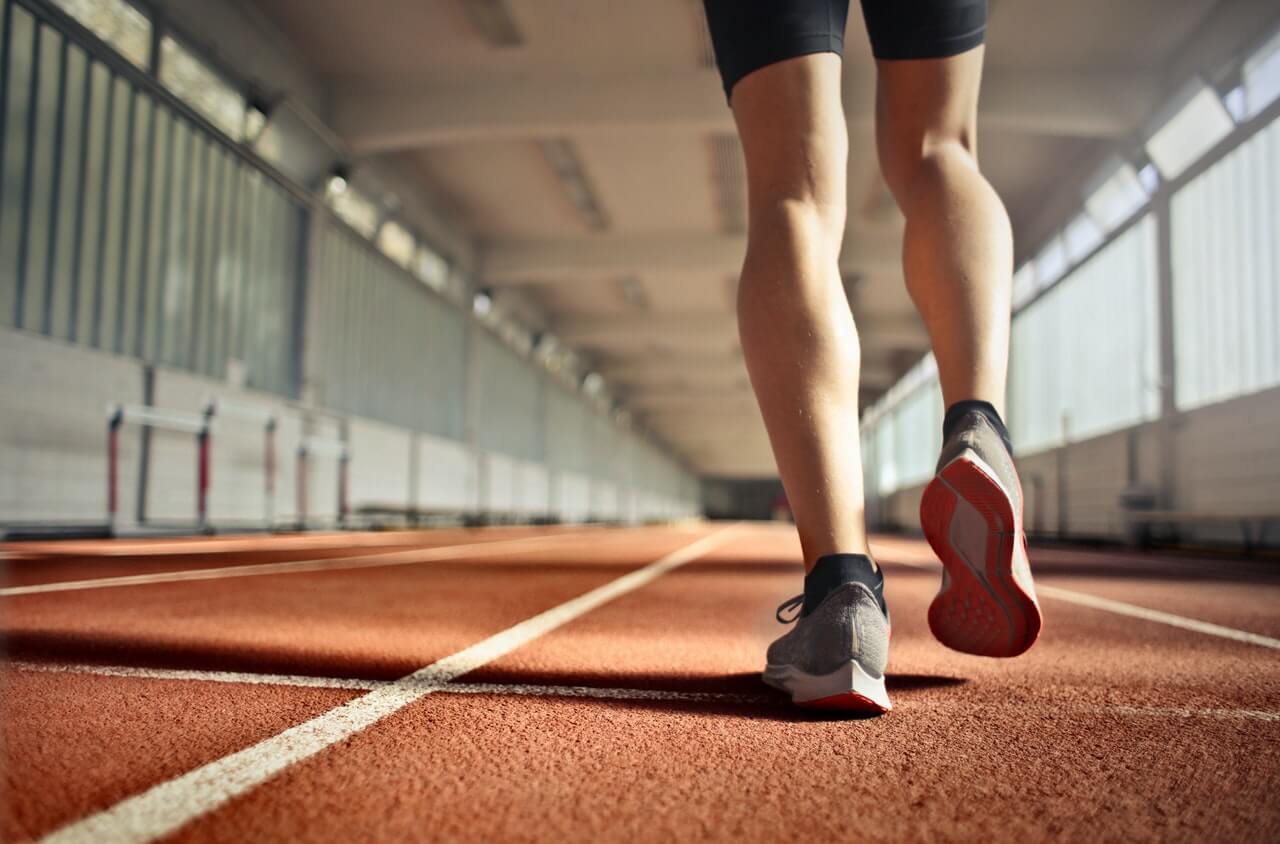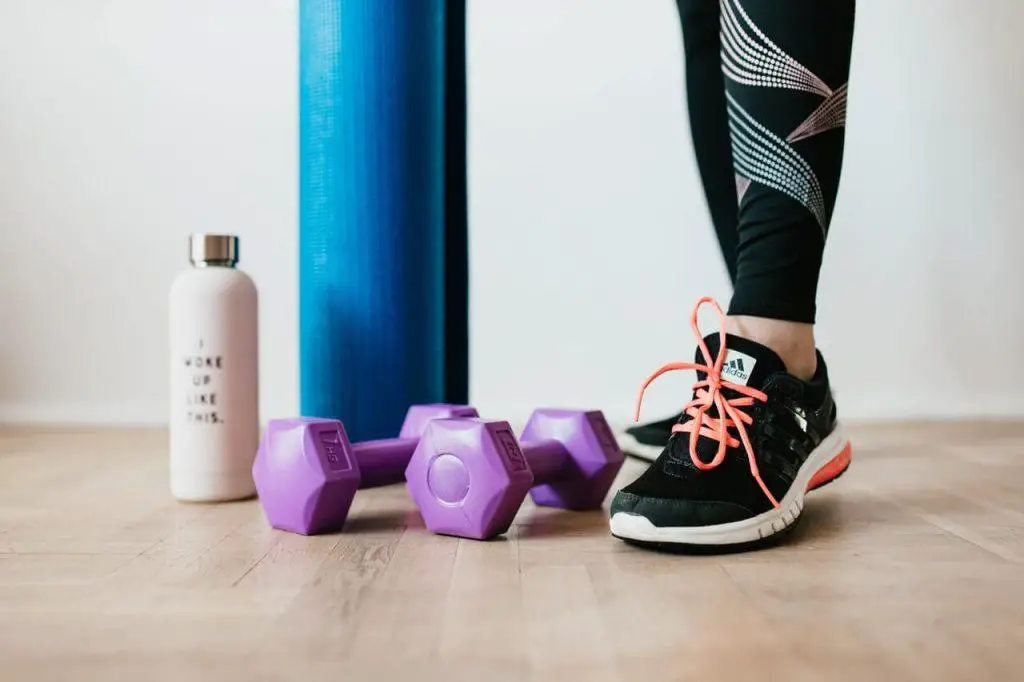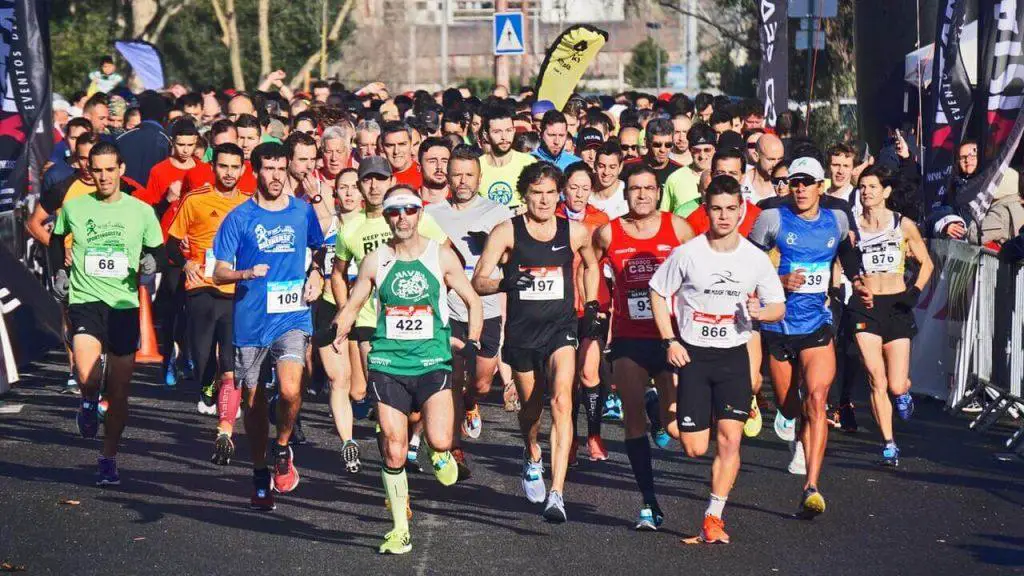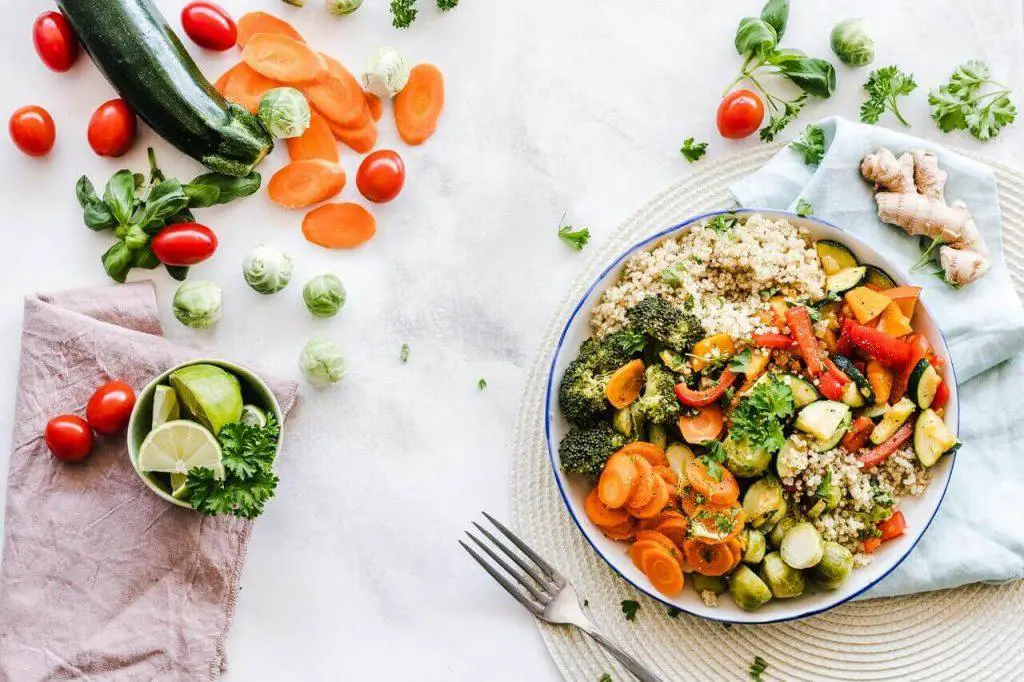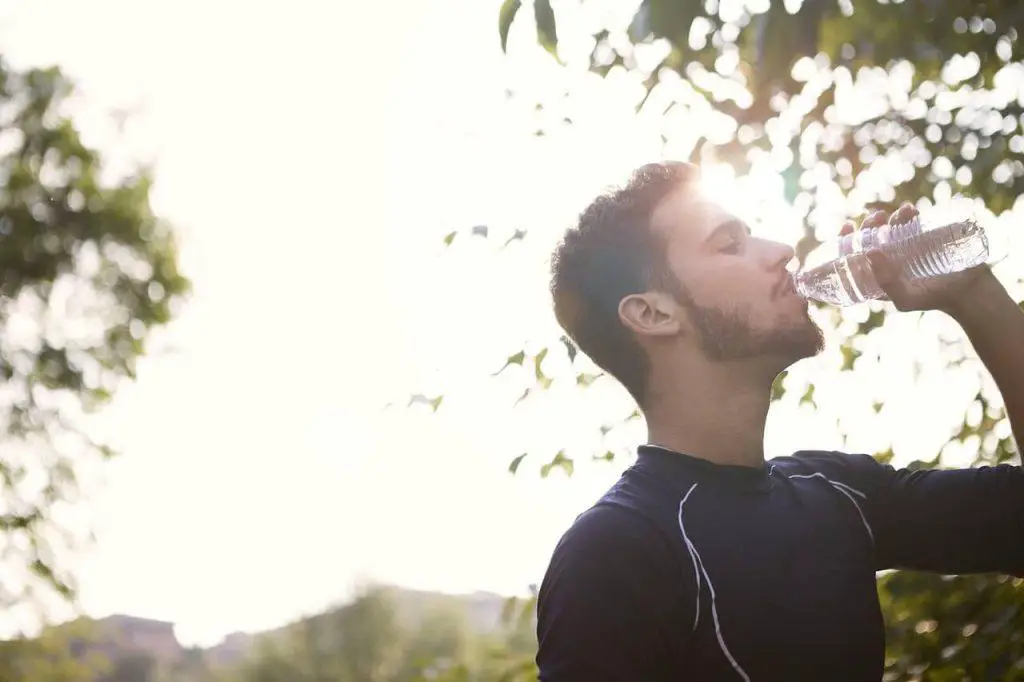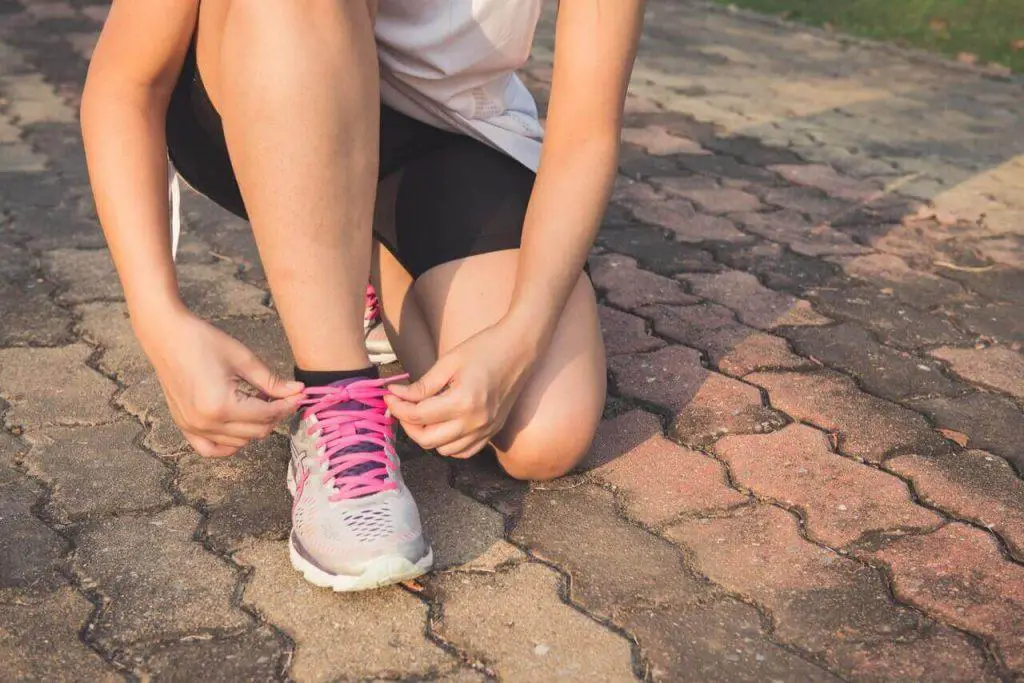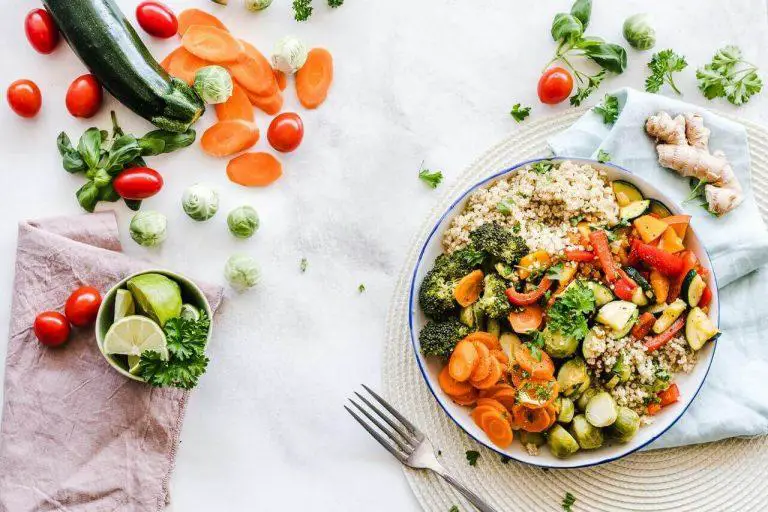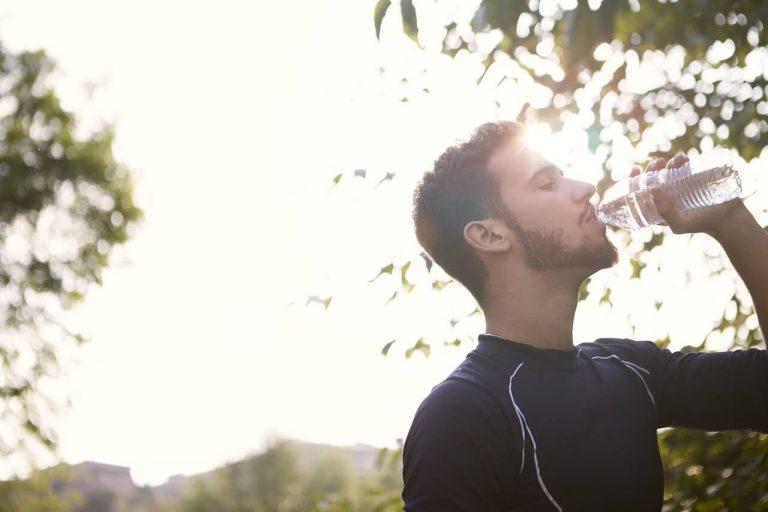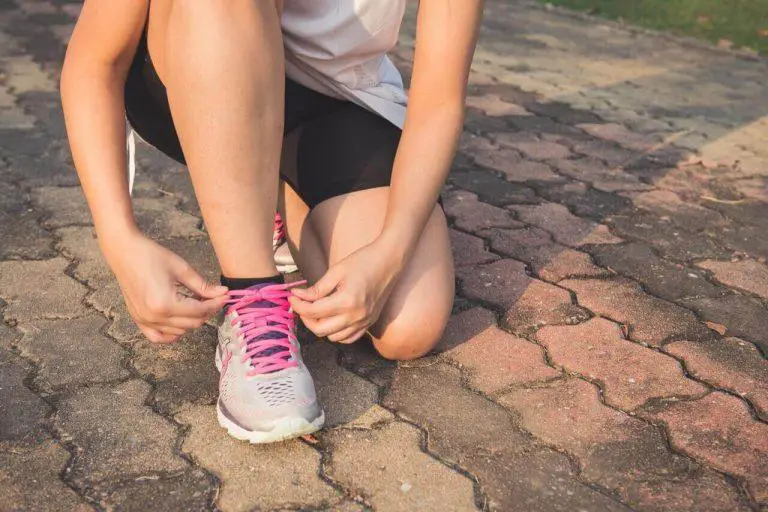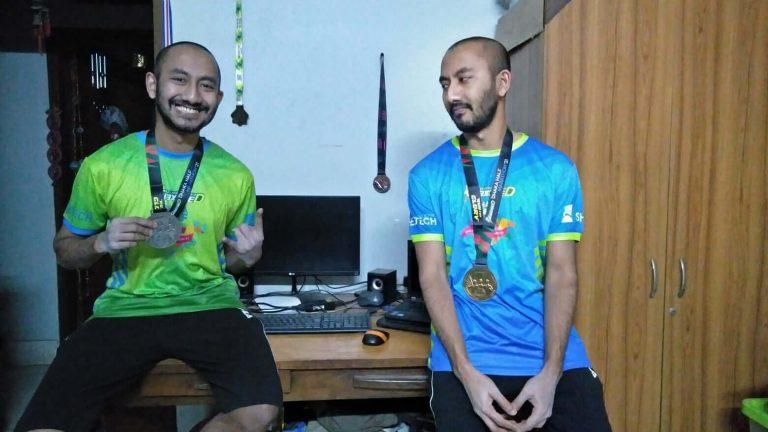Does Running Make Your Calves Bigger
Your calves mainly depend on your physical activity status. The more you exercise, the more muscular it will become. If you have tiny legs and slim calves, you may notice some muscular change for continuous running. On the other hand, if you have fat down there, continuous running may slice some fat from your calves and make them slim.
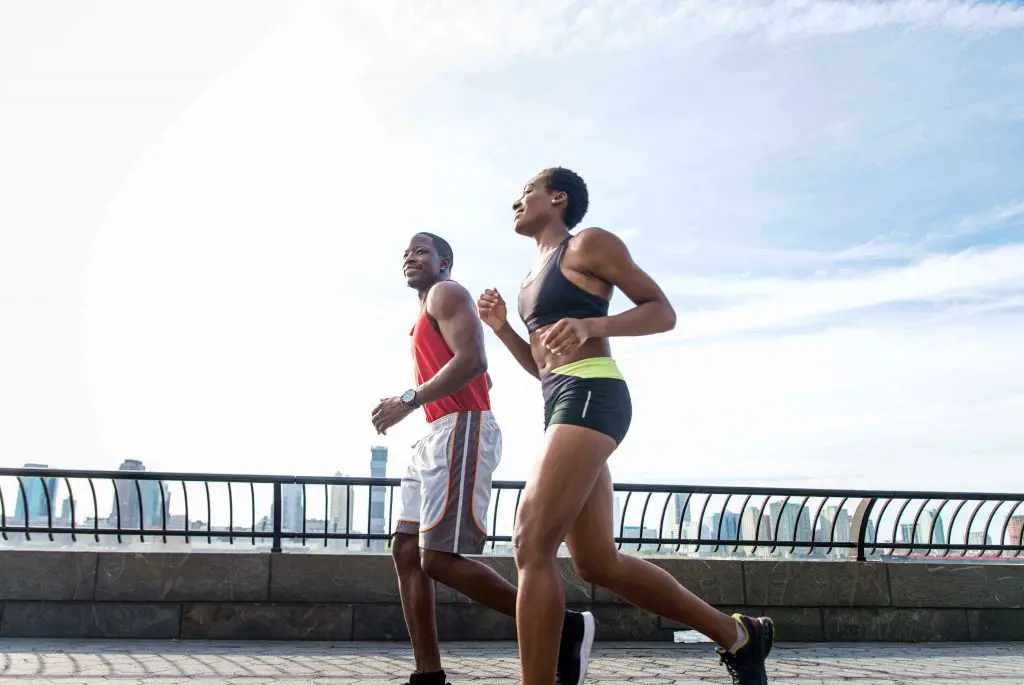
Does Running Make Your Calves Bigger?
Your legs have many parts that become directly active when you’re running. Such as Quadriceps, hamstrings, glutes, calves.
Running is a fantastic exercise. For example, if you run 6 miles per hour, you can burn 405 calories in 30 minutes and 900 calories in 60 minutes.
To track how calves muscles are growing, first, you need to know where calves are located. It’s basically below the knee and back of your leg. It mainly has two parts in it.
One is gastrocnemius. It’s the largest one. It makes the curvature shape of the calf.
The other one is the soleus. It lies under the gastrocnemius.
While running, calves maintain a significant role in having control of the run. Therefore, you can increase the speed of your run as well if you have muscular calves.
When you watch elite runners, you may see that most of them have slim calves. But don’t go into looks because their calves are more powerful than most people. That’s how they manage to run a marathon or ultra-run.
Calves size can depend on genetics, diet as well.
A running coach who’s been coaching for 20+ years in the industry said that track athletes tend to have bigger calves than others. Because the athletes spend more time on forefeet, it directly affects the calves.
Exercises that rely on toe touch can make calves bigger. Another example can be jump rope. Have you ever seen someone doing jump rope? They jump and then land on their toes. It builds their calves muscles and makes them slightly more prominent.
Running will make your calves stronger, but if you’re preparing for distance running and not seeing any significant changes in your calves, don’t worry, as it has nothing to do with your endurance or strength.
Some exercises like different leg workouts and weight training can make calves visibly bigger.
There are mainly two types of races we commonly see when it comes to running.
One is sprinting; another one is distance running. So now, if you take the elite champion players from both sports, you can see a huge difference.
Usain bolt is undoubtedly one of the best track athletes. And he has a very muscular body.
On the other hand, Eliud Kipchoge is one of the best distance runners. That guy is super skinny.
Now you may wonder, both of them are world-class runners, both run for a living. So how come one is skinny and the other one is muscular.
Well, the answer lies in the format. One needs to run for hours to succeed. Here the more stamina you have, the more successful you’ll be.
And the other format lasts only a couple of seconds. So here, the most important thing is strength and unleashing that strength in that 9/10 seconds.
So one needs to have bigger calves with more muscles, and the other needs to have skinny calves with more endurance ability.
So it depends on your style what you’re trying to do. What your plans are.
Getting bigger calves can be depended on your body type as well.
If you are lean, then you have an Ectomorph body type. It means no matter how much exercise you do; chances are you’ll never get bulky. On the other hand, it will be tough for you to build muscle.
If you are naturally bulky and get fat quickly, you have an Endomorph body type. It will be a lot easier for you to bulk up as you already have naturally muscular legs.
If you’re neither Ectomorph nor Endomorph, then you’re in the middle. You have a Mesomorph body type. It means you can build muscles efficiently, but then again, you can lose that muscle quickly as well.
So you need to figure out what body type you have and what kind of training program you should follow if you want to have muscular legs and bigger calves.
Calves depend on your muscle fiber as well. There are mainly two types of fibers.
- Slow Twitch Fibers
- Fast Twitch Fibers
Slow-twitch fibers are used for an endurance run like a marathon, and fast-twitch fibers are used for instant energy like a sprint. Different people have different amount of twitch fibers.
If you have tons of fast-twitch fibers, it will be easier to make muscles. You may develop muscle just by walking.
If you have slow-twitch fibers, no matter how much you run, workout, do HIIT exercises, or do leg exercises, it will be difficult to build muscles.
You need to have strong muscles. No matter what you’re doing, you need them throughout your life. So whether you’re walking, running, jogging, preparing for the next marathon, or aspiring to become the next Usain Bolt, you need to work on your gastrocnemius and soleus. Because this two will be responsible for each step you take in your life. So might as well make them more robust than ever. Don’t you agree?
As you will age, your leg power will slowly reduce. In your 20s, you may run a marathon or more. But in your 60s, it will be much harder to do so. A recent study showed that older runners’ legs power fall one-fifth to one-third.
So if you want to stay strong throughout your life, go out now and do some jogging. The efforts you put in today will bear fruit in the long run.
Don’t run too fast or too slow. Know your limits. Build the calves muscles that you have always wanted and live a happy, healthy life.
You can check some other content related to half marathon & running.
